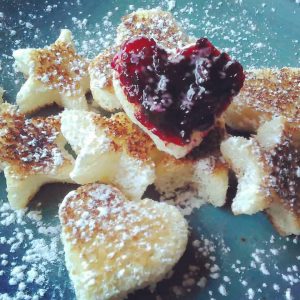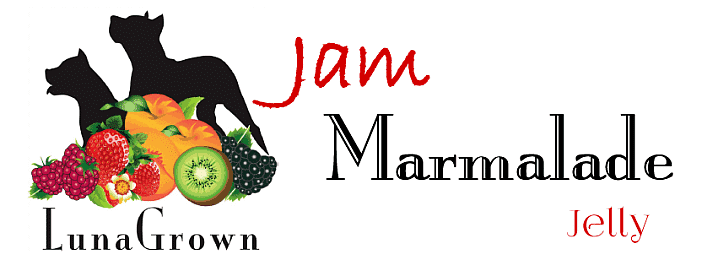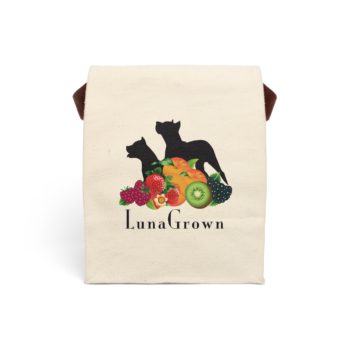
Seeds and Nutrition in Jam and Preserves
Quite often people ask if LunaGrown Jam’s contain the seeds or skins of the fruits used. The answer is always Yes, whenever possible.
Realizing that some need to avoid seeds due to diverticulitis, and others may have ill fitting dentures which can be troublesome. To these folks we offer a variety which does not contain seeds such as Apple, Mango or other stone fruit varieties.
LunaGrown utilizes the seeds and the skins as part of the cooking process. This helps to retain nutritional value and keep our jam high in natural fiber. Both are important for a healthy diet.
From our perspective, seedless raspberry jam is nothing more than jelly.

Apple: The skins of apples are a good source of vitamin A but are extremely high vitamin C. As much as 50% of the vitamin C in the fruit can be found in the skin. The skin also contains fiber, antioxidants, and quercetin, a flavonoid that is purported to have anti-inflammatory properties. Apple seeds, on the other hand, contain amygdalin, a molecule which produces cyanide once ingested.
Apricot: Apricot skins are good sources of vitamin C and beta-carotene.Their seeds, though, are similar in properties to apples.
Blackberry: Blackberry seeds are good sources of omega-3 oils, protein, fiber, and antioxidants.
Blueberry: Blueberry skins may well be the most valuable nutrient the fruit has to offer. The pigments in blueberries are powerful antioxidants. They have been determined to be a much-heralded chemical warrior against heart disease and also cancer. Blueberries actually have the highest antioxidant capacity because of their large anthocyanin concentration.
Cherry: Consumption of cherries including the skin has proven to be effective against chronic, painful episodes of gout, arthritis, fibromyalgia (painful muscle condition) and sports injuries.
Kiwi: Kiwi seeds have always generally been considered edible. They are great sources of vitamin E and omega-3 fatty acids. The skin contains flavonoids and insoluble fiber.
Lemon: Lemon peels are edible but non-organic ones are often waxed prior to shipping to protect the fruit from bruising. Just underneath the peel is the pith which is white in color. The pith is extremely high in vitamin C and contains vitamin B6 and fiber, too. Trace amounts of salicylic acid (the main ingredient in aspirin) are found in lemon seeds.
Lime: The lime is similar to lemon in terms of the nutritive properties of its peel and seeds.
Orange: Only trace amounts of anti-fungal properties and vitamin B-17, a cancer fighter, have been discovered in orange seeds. There is, however, as much vitamin C in its pith as the rest of the fruit, as well as fiber, pectin, bioflavonoids, and antioxidants.
Peach: The peach pit contains amygdalin, just as apples do. It’s probably best to avoid it. The skin, though, is very nutritious, containing vitamins A and C, as well as antioxidants.
Pear: There are numerous pear varieties in the United States. The seeds in this pear have similar properties to the apple seed. The skin is a good source of vitamin C and chlorogenic acid, an important antioxidant.
Pineapple: The healthiest part of a pineapple is its core which is loaded with bromelain, an enzyme which acts as a natural anti-inflammatory. Vitamin C, fiber, manganese, and copper can all be found in the core as well. Pineapple skin is also nutritious, containing vitamin C and bromelain.
Plum: Plum skins contain fiber, vitamin C, beta-carotene, and antioxidants. The seed or pit, however, contains the same properties as apple seeds.
Raspberry: The antioxidants in raspberry seeds may lower levels of cholesterol to promote the health of blood vessels and reduce the risk of coronary artery disease.
Strawberry: Strawberry “seeds” are actually tiny fruits, themselves, and are fairly good sources of fiber.



- Understanding Differences: Jam, Jelly, Marmalade, and Preserves - April 14, 2025
- Journey Into Nostalgia: The Genesis of LunaGrown - March 27, 2024
- Discover the Delightful Charm of LunaGrown Jam Today! - March 10, 2024




Comments are closed.